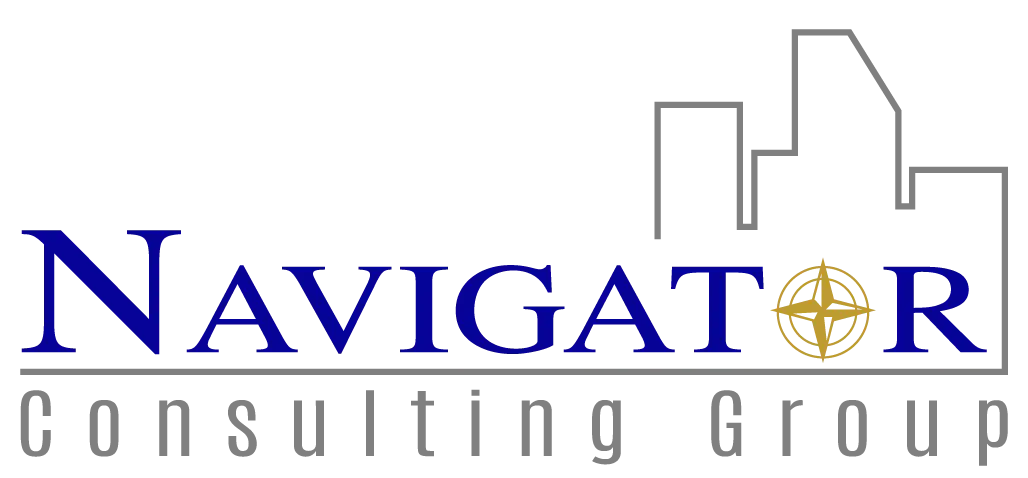New Long Island Office Space Move in Checklist
Congratulations! You’ve just finished negotiating your Long Island office space lease. You can deservedly take a breath, but not too long of a drag. Since occupancy is about 90 to 120+ days away, you must begin to focus on putting the logistical pieces together to ensure a smooth transition into your new long island office space.
Accordingly, here are some upcoming tasks to consider and decisions to make:
Furnishings
Since it has probably been 10 or more years since you last moved your offices, over that period, the office-work environment probably has changed. Collaboration and flexibility are today’s organizational themes, so yesterday’s cubicles may be obsolete.
Accordingly, the first step is to complete a ‘furniture inventory and assessment.’ you must first come to terms with the fact that you will probably be in your new suite for the next 5 to 10+ years. If you doubt the longevity of a particular piece of furniture or cubicle, you may want to replace it rather than incur the cost of moving it.
Once you complete your furniture inventory, the next step is to have your furniture vendor prepare a detailed furniture plan. Using a CAD file of the new office’s space plan, the furniture plan will confirm that whatever you have selected will fit. If a partition wall must be moved to accommodate a conference table or row of cubicles, it’s much less costly to move a line on a drawing than a wall.
Don’t delay working with your furniture vendor when making your selections because office furniture and cubicles take about 6 to 8 weeks to deliver. And don’t forget to add another week for installation. Once the furniture is selected, you can choose the wall and carpet colors.
Finish Colors: Walls/Floors
The wall colors you select must complement the furniture, especially the workstations’ work surfaces and modular partitioning. For a more ‘contemporary’ appearance, many tenants prefer carpet tiles over broadloom and choose luxury vinyl tile for reception, aisles, and employee lounges.
Millwork: Cabinetry and Counter Tops
When considering the kitchen cabinets and countertop, this decision will involve a combination of aesthetics, durability, and price (value). If your lease is 7 years or longer, you may want to select quartz rather than Formica countertops. When considering the sink, landlords prefer installing ‘building standard’ faucets. We recommend taking a trip to a plumbing supply store to select a more appealing faucet. It’s the details and wearability that count. While there, select an under-counter water filter.
Millwork is also used to make a statement within the reception area because this is where first impressions are made. Rather than installing a standard reception desk, consider a more customized desk and countertop. If you choose to go ‘custom,’ keep in mind that this may require additional lead time.
Employee Lounge/Kitchenette
The functionality and appearance of the employee lounge are essential. We suggest installing a full-size refrigerator with a ‘through-the-door’ filtered water and ice dispenser. This avoids having someone lift, spill, and store bottled water…not to mention the sustainability of not contributing to the world’s inventory of used plastic. It is also suggested that a dishwasher be installed because dirty cups and dishes won’t fill up the sink, not to mention assigning (begging) someone to clean it up. Coffee mugs with your logo are classier than paper cups, not to note sustainability.
Conference Room
Selecting the finish materials for the wall coverings, flooring, ceiling system, and lighting, along with how the room is furnished, is very important. Why? Because the conference room is where your brand is projected to your clients.
Often neglected is the placement of a floor outlet beneath the conference room table so power, data, and telecom wiring can be hidden inside the table. This avoids having unsightly cables stretched from the walls, not to mention being able to prevent trip hazards.
Regarding lighting, consider installing a pendant light fixture over the table for aesthetic and functional purposes (delivers the lumens where they are needed, on the table). Once again, there could be a substantial lead time in obtaining this item, so don’t delay. Also, carefully select a flat screen and a whiteboard to be compatible with the room’s dimensions and the positioning of the conference room table.
Generally, the walls and ceilings of your conference room should be insulated for sound attenuation. Unfortunately, this feature often slips through the cracks during construction. Accordingly, confirm that the insulation has been installed before the walls are closed.
Data and Telecom Cabling
You might save labor costs if your IT vendor runs the data and telecom cabling before the walls are ‘closed.’ Accordingly, your IT vendor should coordinate the timing of the installation with the landlord’s construction manager. Also, to be on the ‘safe side,’ have broadband service installed and tested at least 1 week before the move-in date.
IT Closet/Server Room
Combining the migration to the ‘cloud’ and the reduction in the size of servers, computer rooms have been replaced by IT/Telecom ‘closets.’ As a result, supplemental A/C may no longer be needed, but check with your IT vendor to determine the BTU load. Often, all that is required is a thermostatically controlled exhaust fan with louvers inserted in the bottom of the door to facilitate airflow.
Security Access
Locksets could be discretionary in private offices, but IT closet doors should have locks for compliance reasons. For the suite’s main entrance, magnetic locks activated by keypads or card readers can provide more manageable access (it’s easier to cut off access to one card than replace all the keys) and a record of when an employee entered the suite.
Moving Companies
Don’t procrastinate when selecting a mover. Interview at least 3 and get detailed proposals that include all potential charges. A good mover will coordinate with your staff to have them ‘move ready.’ To avoid unanticipated problems on the move-in day, have your mover coordinate with the building’s property manager because the Building might require union personnel and limit the move-in to certain hours. (Most office buildings restrict move-in times because landlords don’t want to inconvenience existing tenants, whom you will soon be one of).
Take a ‘New Look’ at Old Relationships
It is likely that many of your service contracts, especially telecom, copier, coffee, and insurance coverage, may not have been opened to competition since the last time you signed an office lease. Over time, technology and insurance risks have changed, and many of your vendors may have become ‘pricing’ complacent. Consequently, there might be more affordable and better ways of doing things, improved levels of service, and coverages.
Notifications
Confirm that everyone has been notified of your impending change of address (clients, vendors, licensors, USPS, etc.). Even though this is usually at the bottom of the list of ‘things to do,’ don’t procrastinate.
Summary
When all the planning and hard work are finished, your new Long Island office space will look amazingly better than the ‘old place,’ and you will have essentially rebranded your company. With that in mind, after the dust has literally and figuratively settled, leverage your hard work by inviting your clients to an ‘office warming.’ I’m confident they will be favorably impresse




